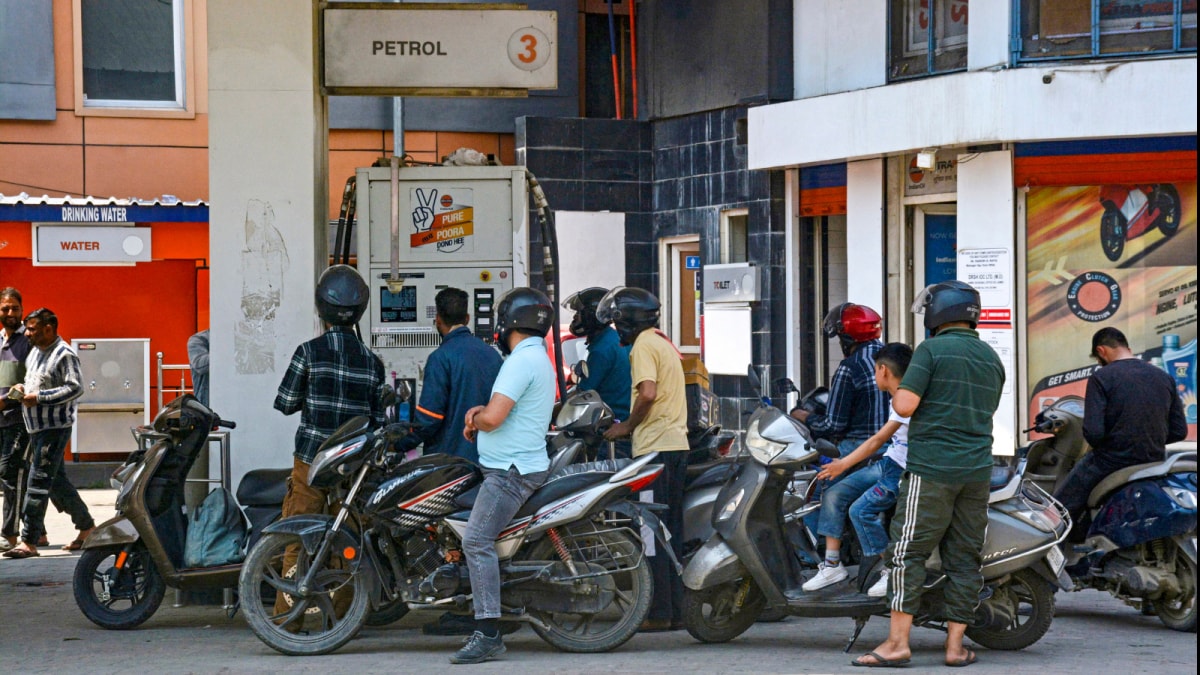Last Updated:
During refuelling, both the meter reading and fuel density should be monitored. Density updates occur in the morning, and values outside the standard range must be questioned

Petrol pump employees sometimes alter the density while customers are distracted, leaving them unaware of the tampering. (Representative/PTI)
Many motorists who commute daily to work or the market by car or bike are familiar with the routine of refuelling at petrol pumps. After requesting petrol or diesel from the pump attendant, they see a zero on the meter and are reassured that everything is in order. However, this assurance often masks a deeper issue. Fraud at petrol pumps is more common than one might think.
Zero On The Meter Isn’t Enough
Merely seeing zero on the meter is insufficient. The real trick lies in the density meter, an aspect that many customers overlook. Density indicates the purity of the fuel, revealing whether the petrol or diesel being dispensed into the vehicle is adulterated.
Petrol pump machines have screens displaying data on price, quantity, and density. Yet, attendants usually only ask customers to check the zero, rarely advising them to pay attention to the density. This is where fraud can occur.
What Is Petrol Density
Density refers to the thickness or purity of the fuel. The government has established standards for this: petrol should have a density of 730 to 800 kg per cubic metre, and diesel should have a density of 830 to 900 kg per cubic metre. Deviations from these ranges may indicate adulteration, which can affect both finances and the vehicle’s engine. Employees sometimes alter the density while customers are distracted, leaving them unaware of the tampering.
Additional Precautions When Refuelling
While refuelling, it is important to monitor both the meter reading and the fuel’s density. Petrol pumps update density early in the morning as prices fluctuate daily. If the density falls outside the specified range, it should be questioned immediately. Even with stable petrol and diesel prices, vigilance can prevent financial loss. Attendants can be asked to check the density, and if there is doubt, the pump manager can be consulted.
This small step helps protect both the vehicle’s health and finances. Simply checking the meter is not enough; verifying the fuel density ensures that money is not wasted.
Read More








